
In the past, the choice for grocery customers was stark: no-frills and low price, or higher price and better customer experience. Retailers focused on one but not both.
Recently, with the cost of living crisis, the pendulum has swung to lean towards operations and low prices. We have seen the rise of the discounters and a gradual erosion in customer satisfaction, with the latest UK Customer Satisfaction Index reporting its lowest level since 2010.
So does this simple paradigm still hold true? With the advance of technology, shouldn’t retailers be able to focus on customer engagement and price optimisation together?
The benefits of online, offline
With the rise of e-commerce and the increasing adoption of technology, customers now have more options than ever before. The popularity of online grocery shopping has forced traditional bricks & mortar retailers to adapt and find new ways to enhance the customer experience in-store.
It’s difficult to recreate the convenience of online in-store, and we’ve seen even experts like Amazon sometimes have to experiment to find the right model. Grocery shopping can be a very individual experience, and high-tech stores sometimes feel soulless. When doing the larger, weekly shop, shoppers want to be surprised and delighted in-store, not tracked and measured from a gantry above.
One way to do this is through personalisation. This starts with gathering data on customers’ behaviours to gain insights into their preferences and shopping habits. Retailers can then tailor their offerings to individual requirements, including personalised recommendations based on past purchases, targeted promotions and discounts.
Take Waitrose, which is rated fourth in the UK Customer Satisfaction Index. It uses AI to improve personalisation of the online shopping experience, providing more tailored recommendations in search, and has also updated its loyalty scheme to enhance relevance and enable more personalised offers.
Doing this well requires an investment in gathering first-party data – largely through loyalty programmes – to generate insights that create good experiences, where customers share more high-quality data.
‘Invisible’ technology
Often the technology that has the biggest impact on customer experience is invisible to shoppers. When home delivery started, the three biggest complaints were slot availability, incorrect items and poor substitutions. As predictive analytics has improved, retailers have been able to inch towards the goal of higher “perfect order” rates and slot availability.
Moreover, dynamic pricing algorithms can analyse market trends, competitor prices, and customer demand in real-time, allowing retailers to adjust their prices accordingly. This not only helps retailers stay competitive in a price-sensitive market, but also ensures customers are getting the best possible value for their money.
By striking the right balance between competitive pricing and customer satisfaction, retailers can create a win-win situation for everyone.
The traditional paradigm of a choice between low prices and a good customer experience is no longer as clear-cut. Advances in technology allow retailers to focus on customer engagement and price optimisation simultaneously. But this will need to be powered by good-quality customer data, which requires participating in a value exchange with customers.
Retailers can then invest in innovative technologies such as AI to leverage their data to find new ways to enhance the shopping experience. These advancements have the potential to revolutionise the way customers shop for groceries, making it more convenient, immersive, and enjoyable than ever before – without breaking the bank.







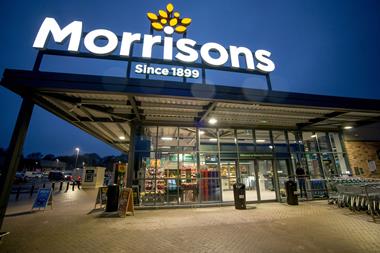
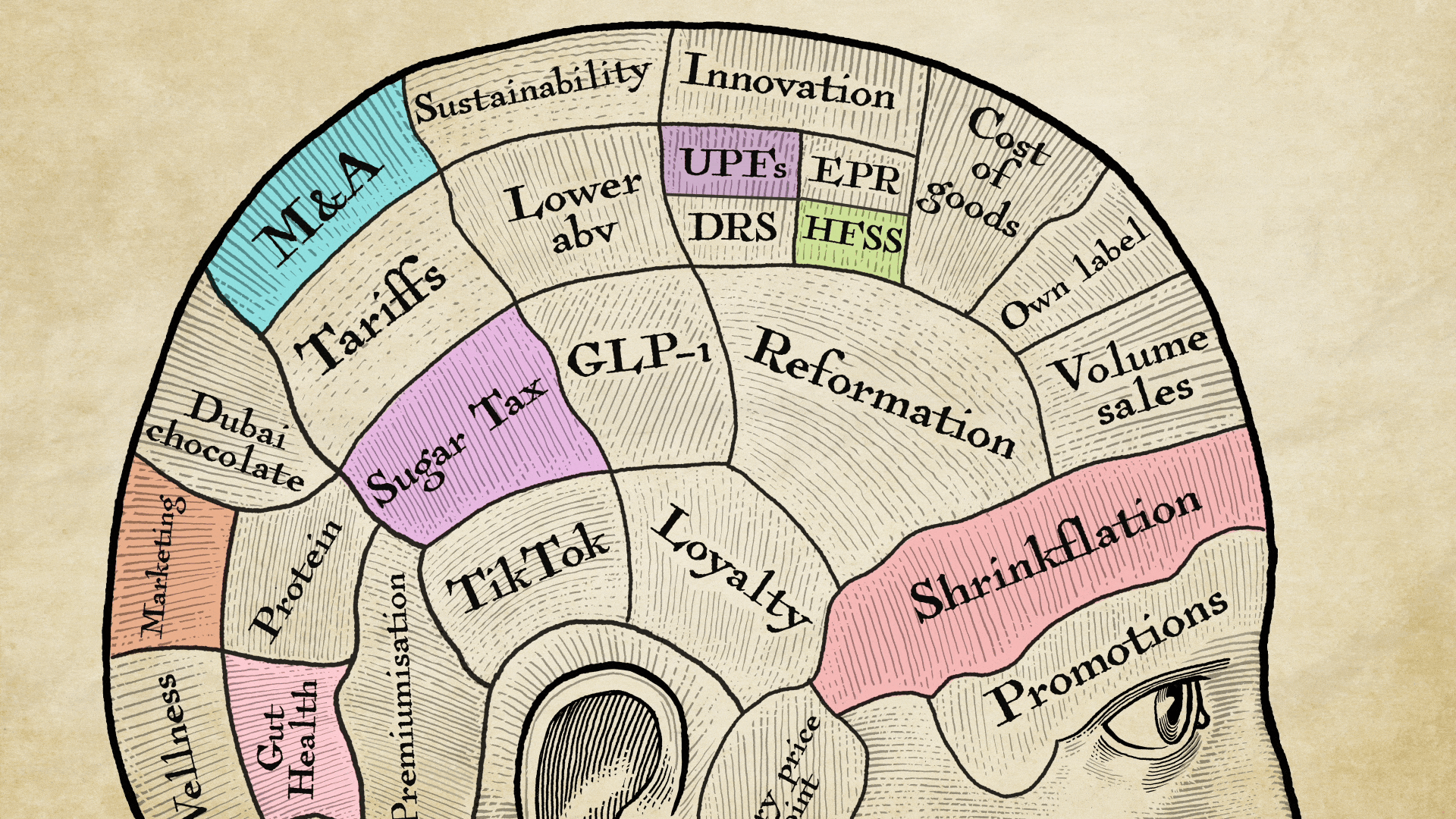


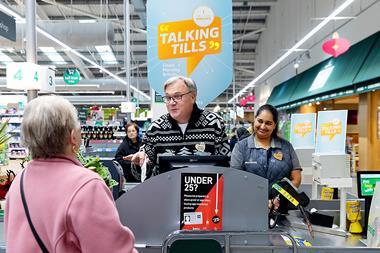

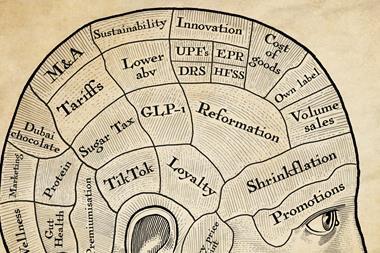

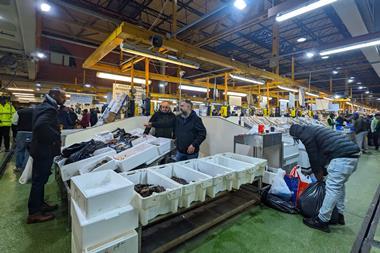



No comments yet